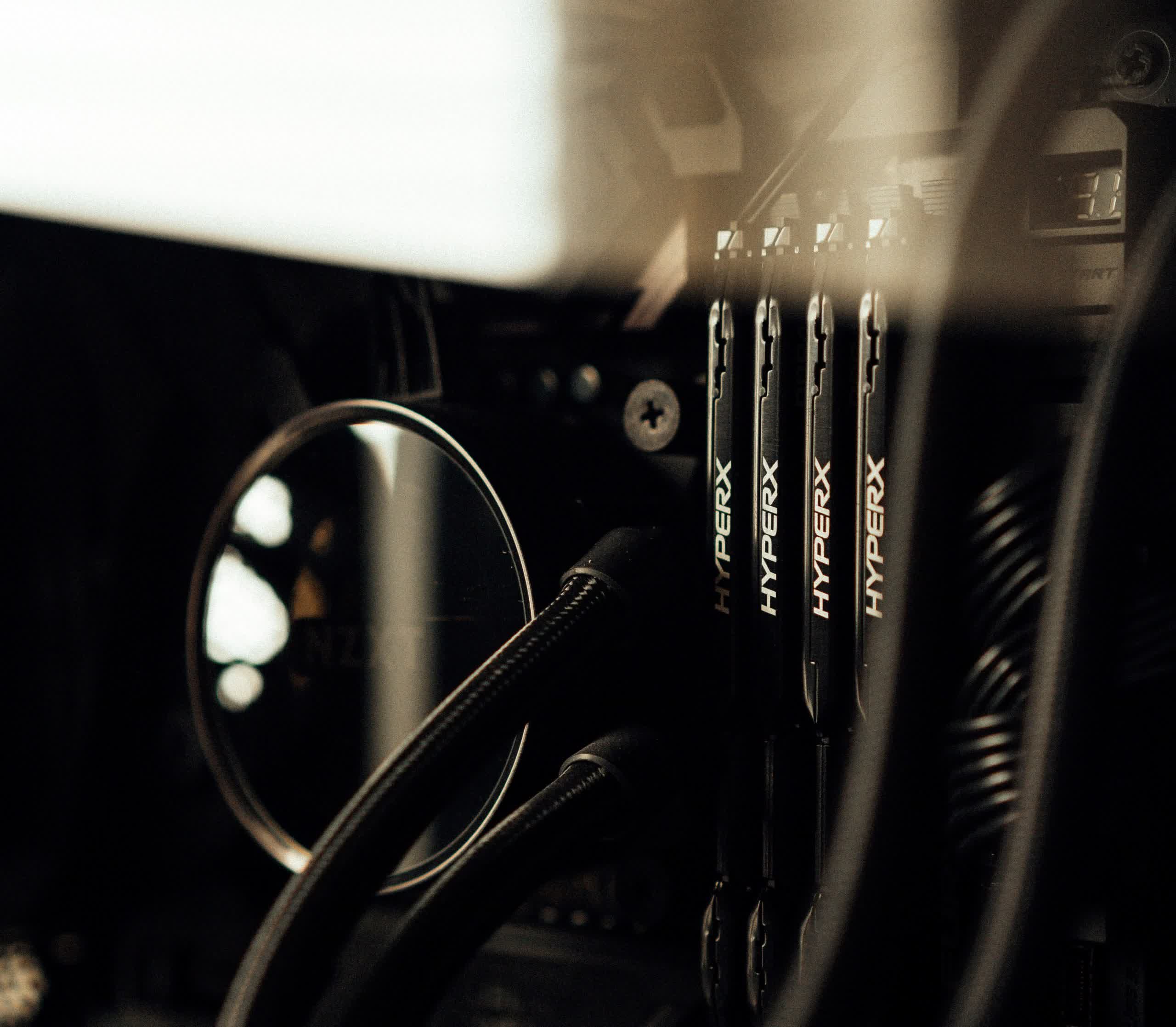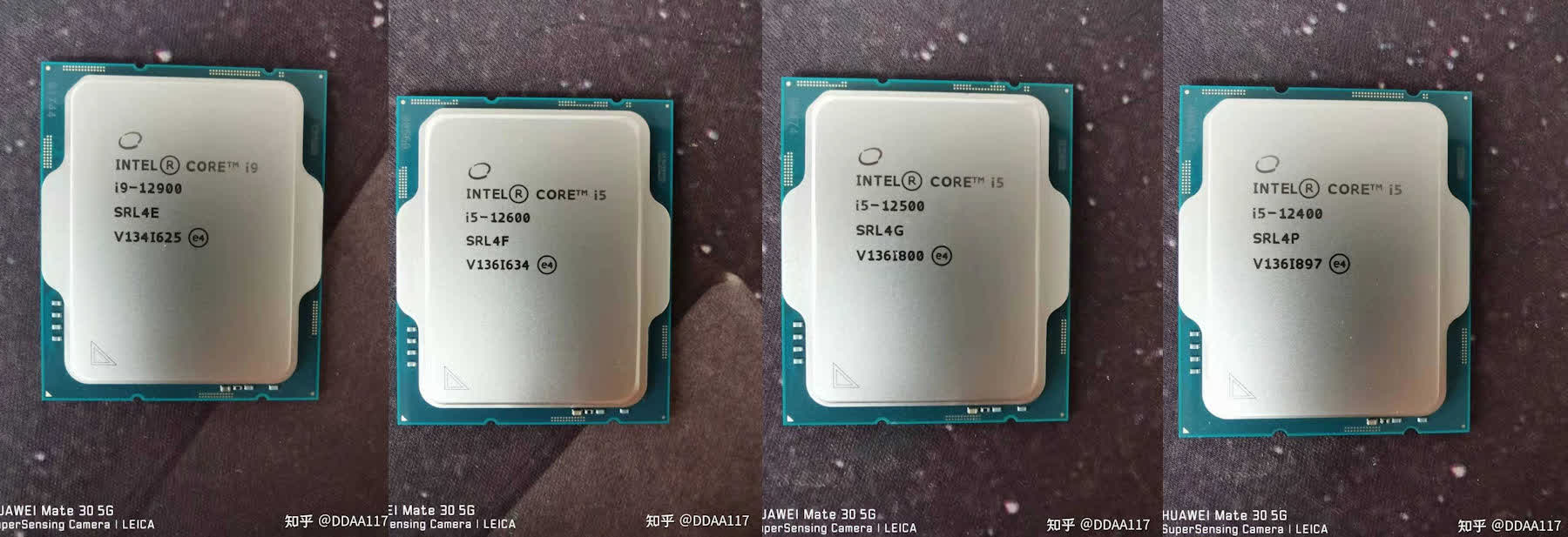Recap: In past generations, K and non-K Intel processors have differed mostly in their overclocking potential: the former allows it, and the latter doesn’t. Depending on the model, Intel has also downclocked the non-K version by anywhere from a hundred megahertz to about a gigahertz.

Something is different about Alder Lake’s non-K versions. If you haven’t noticed, they’re not released yet -- a delay that's only happened one other time in the last five generations. And, according to user DDAA117, who accurately leaked the specifications of the K processors earlier this year, the non-K versions will intermittently have large deviations from their fully featured counterparts.
Between veteran leaker Momomo, mistaken retailer listings, and DDAA117, there seems to be a clear picture of the non-K processors out there. There’s even an actual photo of the i9-12900, i5-12600, i5-12500, and i5-12400 circulating around...

DDAA117 was able to acquire these four processors. In addition to these photos, he also posted screenshots of their specifications as detected by CPU-Z.
At the top of the heap, the 12900 sits quite comfortably as the Intel processor to beat for non-overclockers. It doesn’t lose much to its K counterpart; it has the same 8P + 8E core configuration, and it only loses 100 MHz on the performance cores' boost clock and 1 GHz on the performance cores' base clock.
It’s the same with the 12700, except that it loses 1.5 GHz on the base clock.
Meanwhile, the 12600 loses a lot. It uses the mid-rang Alder Lake silicon with no efficiency cores, while the 12600K uses the high-end silicon with 4 out of 8 efficiency cores enabled. Hence, the 12600 has 6 performance cores in total, while its counterpart has 6P + 4E cores. Its performance cores' boost clock is also 100 MHz lower, and the base clock drops by 400 MHz.
Specifications below are unconfirmed.
| 12900 | 12700 | 12600 | 12500 | 12400 | |
|---|---|---|---|---|---|
| P-Cores | 8/16 | 6/12 | |||
| E-Cores | 8/8 | 4/4 | 0 | ||
| P-Core Boost | 5.1 GHz | 4.9 GHz | 4.8 GHz | 4.6 GHz | 4.4 GHz |
| P-Core Base | 2.4 GHz | 2.1 GHz | 3.3 GHz | 3.0 GHz | 2.5 GHz |
| Cache | 30 MB | 25 MB | 18 MB | ||
There aren’t any K versions of the 12500 and 12400 to compare them to. As standalone processors, they’re quite good on paper. All three i5 non-K models have the same six performance cores and only differ minutely in clock speed. The 12500 sits at 4.6 / 3.0 GHz and the 12400 at 4.4 / 2.5 GHz.
The Core i5-12400 is making the rounds. An engineering sample of the F-version of the processor was benchmarked by a French reviewer, and it put up stiff competition against the AMD Ryzen 5600X. It’s also been listed by two retailers, one of which gave the price for the vanilla and the F-version; $224 and $194, respectively.
Although the other retailer didn’t list a price, it claimed to have both the 12400 and 12700 in stock. If that's true and retailers are receiving shipments from Intel, then the chip giant could be preparing for an imminent release. Leakers (and logic) say they could launch in mid-January, following an announcement at CES 2022 during Intel’s presentation on January 4.
Masthead: Pascal Brändle
https://www.techspot.com/news/92400-intel-changing-things-up-non-k-versions-alder.html
